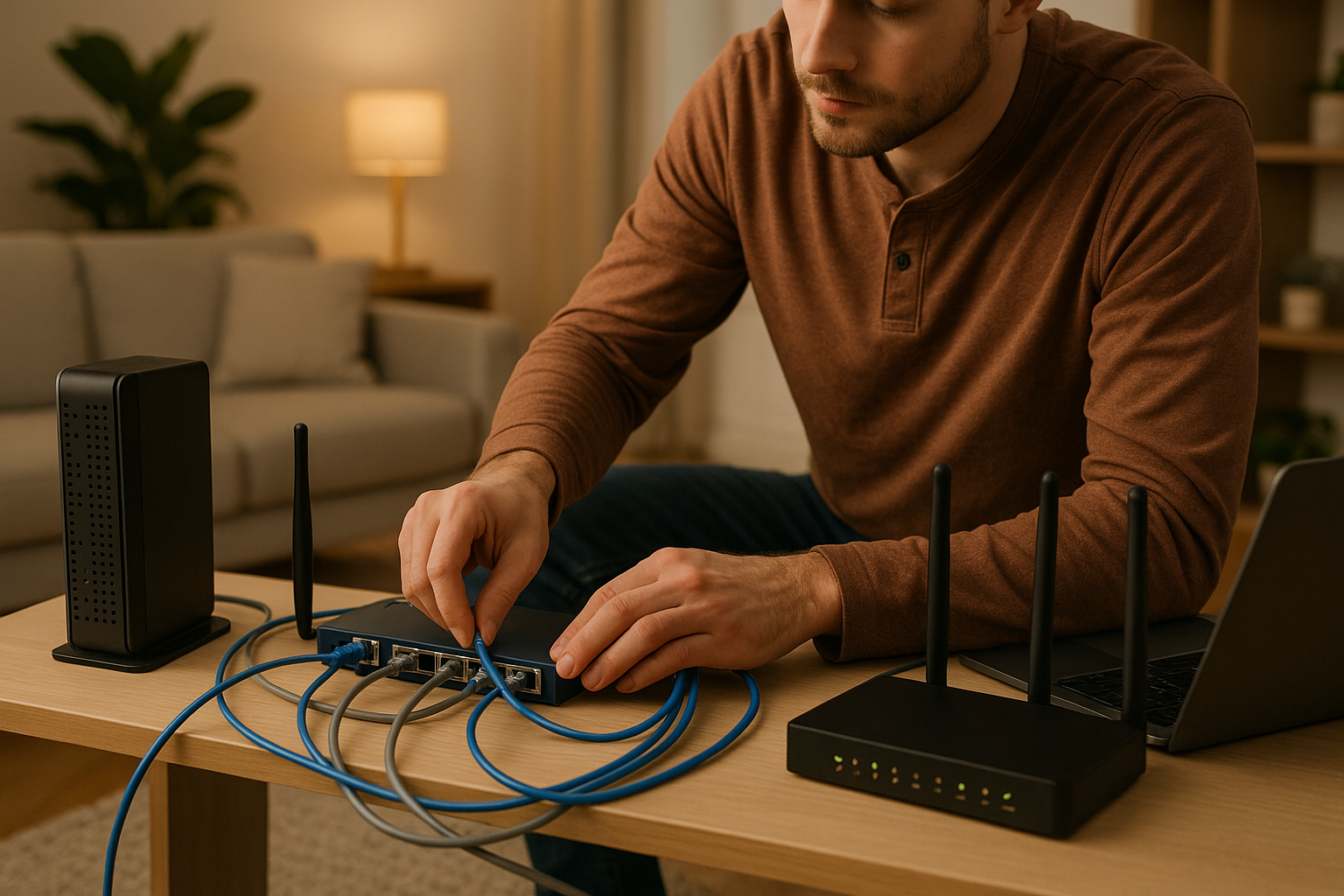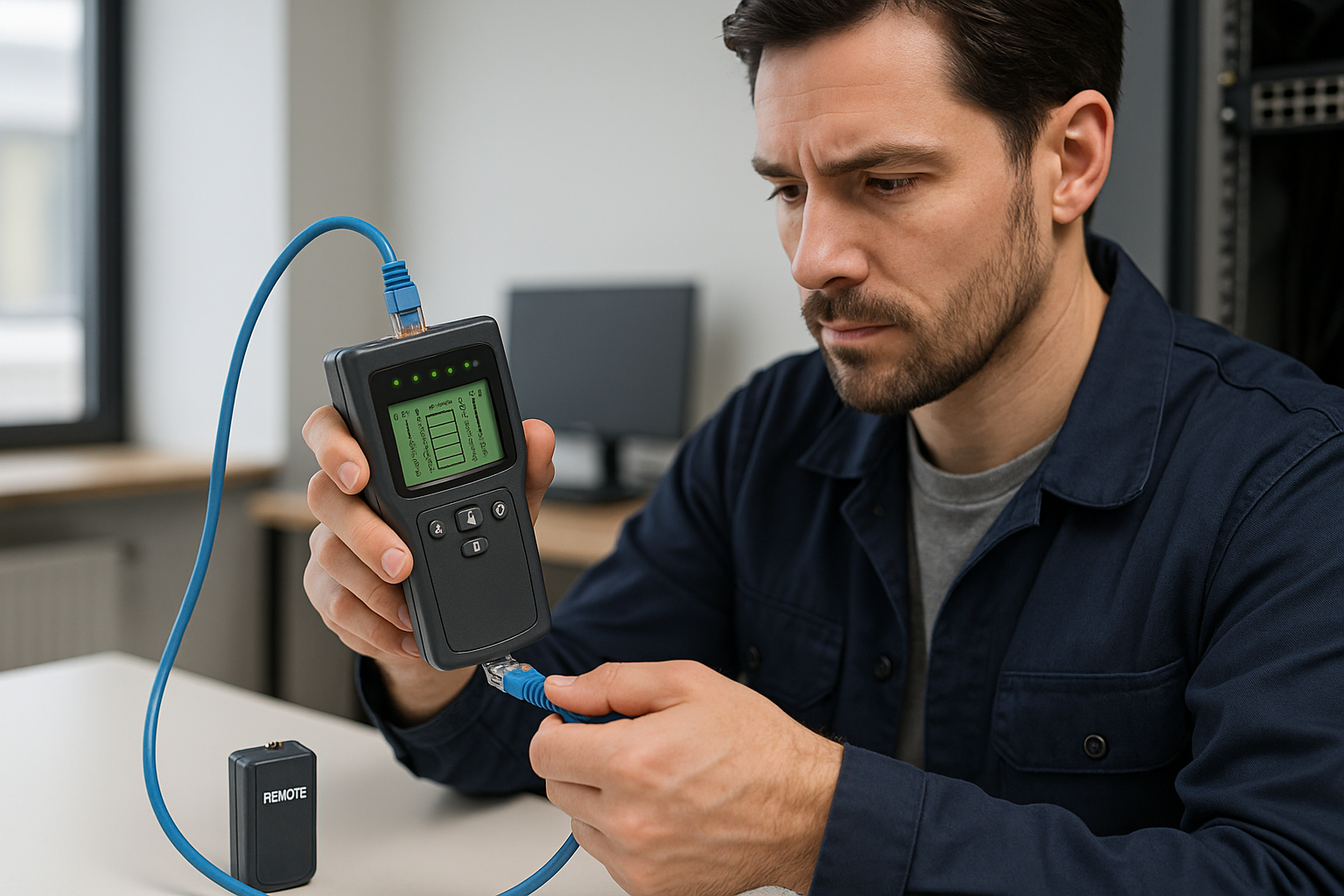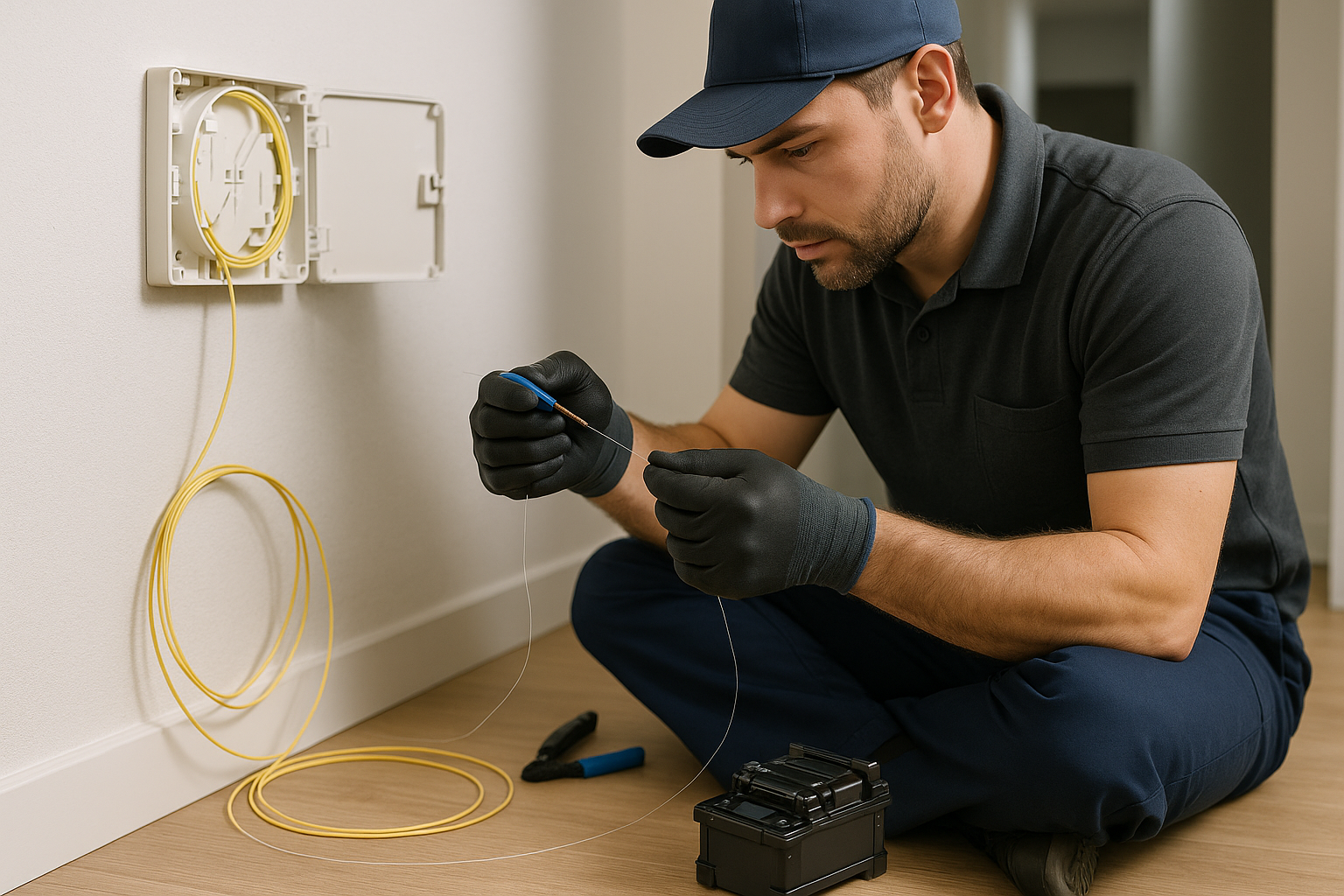What is the difference between stranded and stiff cables?
- , by
- 1 min reading time

There are stranded cables and there are stiff cables. What is the difference?
What is the difference between stranded and stiff?
We at Netwerkkabel.eu are regularly asked what the difference is between stiff and stranded network cables.
The difference is in the core of the cable. Each cable has 4 pairs (4x2). With a stranded network cable, one pair of wires consists of several thin copper wires. In a solid network cable, such a pair of wires consists of a single solid copper wire.
When a stiff cable?
A solid cable is also called installation cable and is used when a permanent / fixed connection must be made, such as on a wall socket or patch panel.
So if the cable needs to be mounted on an LSA strip, you need a stiff cable. LSA strips can be found on wall sockets or patch panels.
You can also mount a connector on a solid cable, but you will need other connectors that are suitable for solid cable.
When a stranded cable?
A stranded cable is intended to attach connectors to both ends of the cable, you can use the standard RJ45 connectors for this. We now also have keystones that are specially suitable for stranded cables. You could then place these keystones in a keystone wall socket or keystone patch panel.
A stranded cable is therefore not suitable for mounting on an LSA strip that is found in standard patch panels and wall sockets.
Bends can be made with a stiff network cable, but not 90 degree angles. Then there is a chance that the cores in the cable will break. This is not the case with a stranded network cable, which can also make 90 degree bends.
Tags
Related categories
Check out our other blogs
-

, by Jarno Heideman How do you easily set up a home network yourself?
-

, by Jarno Heideman What are the color codes of UTP cables and how do you use them correctly?
-

, by Jarno Heideman How do you test a UTP cable without making mistakes?
-

, by Jarno Heideman How do you connect fiber optic yourself without any hassle at home?



